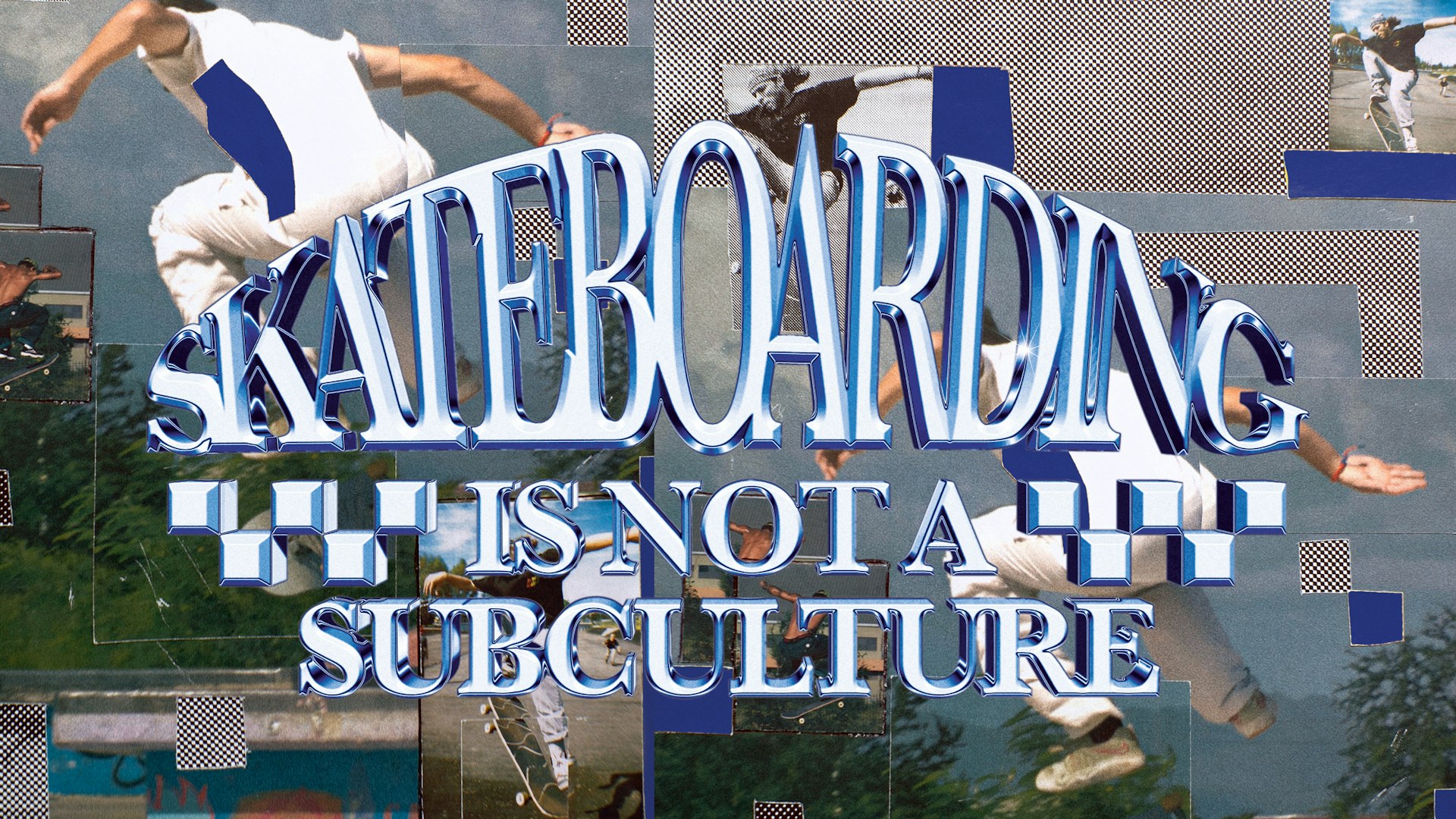In Photos: The miners’ strike, 40 years on
- Text by Isaac Muk

On March 6, 1984 miners across the country walked out. The industrial action came after the National Coal Board (NCB) announced that 20 collieries would close, leading to widespread job losses in areas where mining was the predominant driver of local economies. The strike turned into a bitter, divisive, and long dispute that had huge ramifications on industrial relations in the UK through weakening of the trade union movement, as well as for striking workers – many of whom were left without pay for a full year.
In March 1985, a demonstration was organised in London to mark the one year anniversary of the beginning of the miners’ strike. While the strikes were officially called off a few days earlier on March 3, a large crowd gathered on March 6 to show solidarity and call for “no victimisation” of strikers. To promote the march, a poster was published by the Mineworkers Defence Committee with ‘ONE YEAR!’ printed in bold signage. It sat alongside details of the route of the march and a red and black photograph of a miner.
“This poster gave us the title for the show,” says Isaac Blease, the curator of ONE YEAR! Photographs from the miners’ strike 1984/85, which is currently on view at the Martin Parr Foundation in Bristol until March 31. “On it is a picture of a miner looking into the distance, silhouetted. As we were putting together the final pieces we were looking at the picture, alongside a photo quilt by Jenny Matthews and on that is a little picture at the bottom left hand corner. That is actually the image of the miner that is used in the ONE YEAR! poster.”
Making that connection helped Blease to join the dots of the exhibition, which commemorates four decades since the beginning of the one of the most seismic years in British industrial relations and policing in living memory.

Protests would often be brutal, and much of the country’s media coverage – and corresponding photography – focused on the violence that broke out at pickets across the country. The clashes between miners and police officers shipped in from across the country would prove to be a laboratory for many of the protest suppression tactics we still see in place today.
Featuring pictures made by the likes of Howard Sooley, Chris Killip, Philip Winnard, John Sturrock, Brenda Prince, the aforementioned Matthews, Roger Tiley and others, along with posters and ephemera – the exhibition switches and refocuses the lens away from newspaper and television coverage that dominated narratives and memories of the strikes. While a handful of skirmishes between police and pickets do feature, there’s also a focus on the wider community of the miners, presenting an alternative history of the strike through the shots.
“The media was a very important aspect of the miners’ strike – the photographs were used against the miners in terms of demonising them,” Blease explains. “Images were used to illustrate violence and chaos in quite demonising and weaponised ways, but then on the other hand photographs were used to debase that media bias – through posters, photojournalists working for left-wing and union press, and people like Sturrock, John Harris, Prince and Imogen Young who were photographing the strike in a more holistic way.”


Many of the photographers featured were part of the communities that they were documenting. Philip Winnard was one such example, as he was on strike himself from the Barnsley Main Colliery. “When he went on strike, he took his camera along and started recording his experiences when he was picketing,” Blease says. “We wanted to focus on how photographs were used in different ways and shared with friends and colleagues. He compiled these really amazing photo albums and they follow the strike chronologically, starting with the first picket lines and finishing with the return to work marches a year later.
“They feel like family albums and spare no punches in how they record the strike,” he continues. “There’s violence, the intimidation of strike breakers, fundraising community activities, newslettering – there’s everything, and it gives an intimate familiarity with the event.”
Women also feature heavily throughout the exhibition, highlighting the oft-overlooked role they played in supporting – from those making food in the striking miners’ kitchens to all female picket lines at the collieries. Photographers such as Brenda Prince, who was a member of women’s only photography agency Format, documented this.
“Prince was focusing a lot on women’s roles in the strike,” Blease says. “So miners’ wives, community work, fundraising, picketing themselves, gathering food packages, and they played a very important role. These photographers were not just focusing on the sensational battle that was going on, they were showing how communities were coming together, but also how communities were being destroyed by the dispute, and photography was the medium that was catching this.”
ONE YEAR! Photographs from the miners’ strike 1984/85 is on view at the Martin Parr Foundation until March 31
Follow Isaac on Twitter.
Enjoyed this article? Like Huck on Facebook or follow us on Twitter.
Support stories like this by becoming a member of Club Huck.
Latest on Huck

“I refuse to accept child poverty is a normal part of our society”: Apsana Begum MP on voting to scrap the cap
After seeking to “enhance” the King’s Speech by voting for the scrapping of the controversial two child benefit cap, the MP for Poplar and Limehouse lost the Labour Whip.
Written by: Apsana Begum

Is skateboarding really a subculture anymore?
With skate’s inclusion in the Olympics, Kyle Beachy asks what it means for the culture around the sport, and whether it’s possible to institutionalise an artform.
Written by: Kyle Beachy

Autism cannot be cured — stop trying
A questionable study into the ‘reversal’ of autism does nothing but reinforce damaging stereotypes and harm, argues autistic author Jodie Hare.
Written by: Jodie Hare

Bristol Photo Festival returns for second edition
After the success of it’s inaugural run, the festival returns this autumn with exhibitions, education and community programmes exploring a world in constant motion through still image.
Written by: Ben Smoke

Documenting the life of a New York gang leader paralysed by gun violence
New photobook ‘Say Less’ is a complex yet humanising look into a life wrecked by gun violence and organised crime.
Written by: Isaac Muk

The woman who defined 80s Hip Hop photography
A new exhibition brings together Janette Beckman’s visionary and boundary pushing images of an era of cultural change and moral panic.
Written by: Miss Rosen












